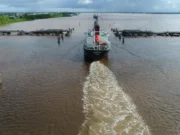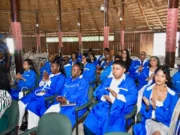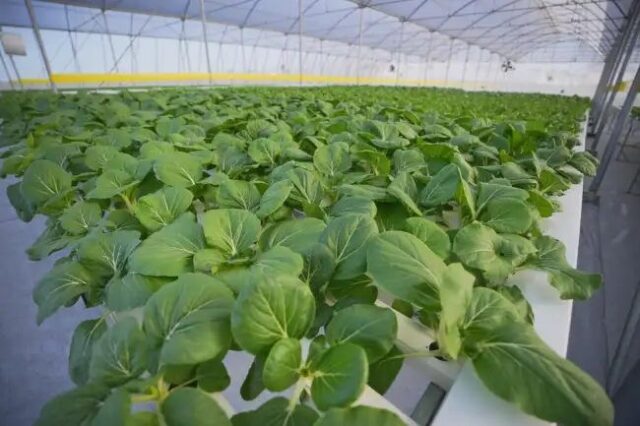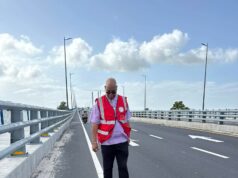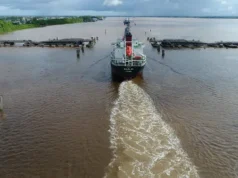In a significant advancement for the agriculture sector, President Dr. Irfaan Ali recently announced that Guyana is now home to the largest hydroponic farm in the Caribbean. During a press conference on Thursday at the Office of the President, Ali highlighted the nation’s strides in agricultural innovation and sustainability.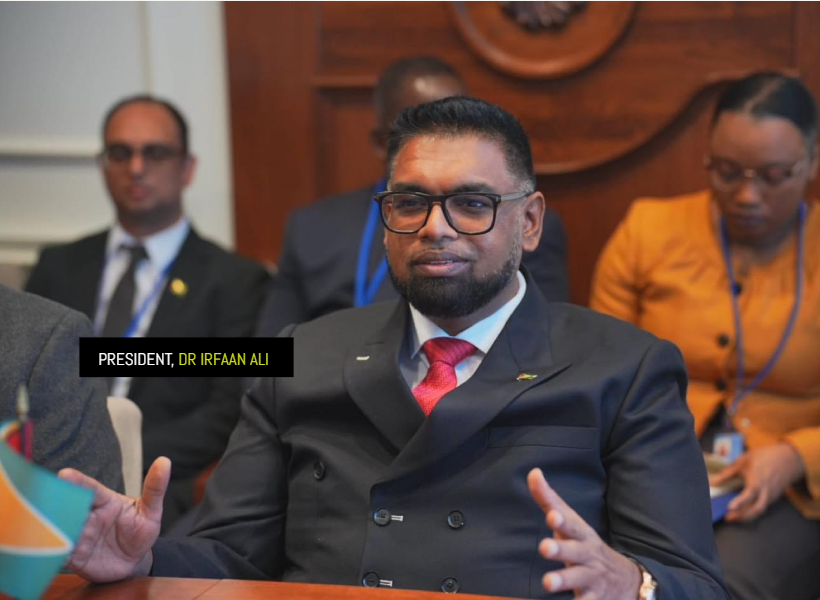
Leading the Caribbean Community (CARICOM) initiative to reduce the region’s food import bill by 25% by 2025, the National Agricultural Research and Extension Institute (NAREI), an agency under the Ministry of Agriculture, launched a hydroponics project last year in collaboration with a private company. Hydroponic farming, an efficient and cutting-edge method, allows vegetables to be grown without sand, dirt, or pesticide residues, ensuring a clean and safe product.
President Ali revealed that Guyana’s hydroponic farm is now the largest in the region, with one facility capable of accommodating more than 100,000 plantlets. Additionally, he noted that Guyana has over 6,000 square meters dedicated to various forms of hydroponic and shade house management at Mon Repos, East Coast Demerara.
Ali also provided an overview of other achievements in the agricultural sector in recent years, underscoring the importance of diversification and sustainability. “Agriculture, [and] food security is important for development and there are three areas I said we want to lead the world on: climate, environment, food security and energy,” he reminded.
Brackish Water Shrimp and Prawns
Ali said that the nation’s brackish water shrimp project has seen remarkable success, with a 54% production increase in 2023 compared to 2022. From 2021 to 2023, production surged by 755%, from 112,000 kg to nearly 1 million kg. The target is 1.5 million kg by 2025.
About 10 ponds are under construction, with the first pond already stocked. From this initiative, the government expects three crop cycles annually, a production of 360 tonnes of shrimp valued at $1.4 billion.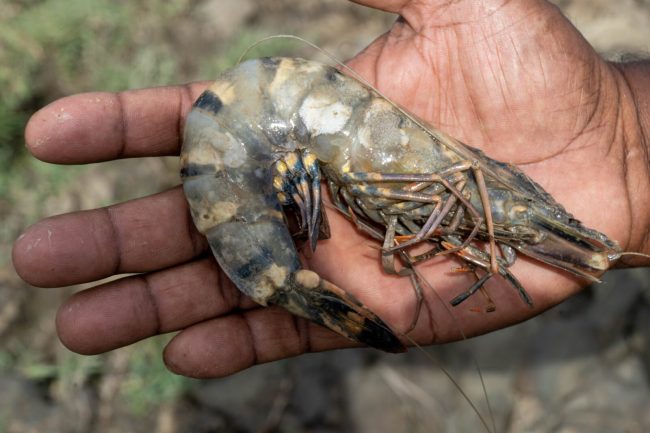
“The objective here is to prove this model to the banking sector, once we prove this model to the banking sector, we’re going to deploy 100 acres of land in Onverwagt area [West Coast Berbice] to young people of which 35% of which we want to be women,” President Ali said. He pledged the government’s support for working with young people by providing a team from the agriculture ministry and technical experts from Indonesia.
Ali explained that with financing from the bank, the land would be deployed as an asset to the bank, and large-scale prawn production would be developed in the area, owned by the young people of Guyana.
“That is creating entrepreneurs, building opportunities in our food production and food security plan, and creating business opportunity and growing more young people to build an upper level of the economic system,” the president said.
Rice Production
As of May 2024, Guyana recorded 356,000 metric tonnes of rice. “We are on course not only to achieve the target set for 2024, but we may very well surpass that target,” Ali said.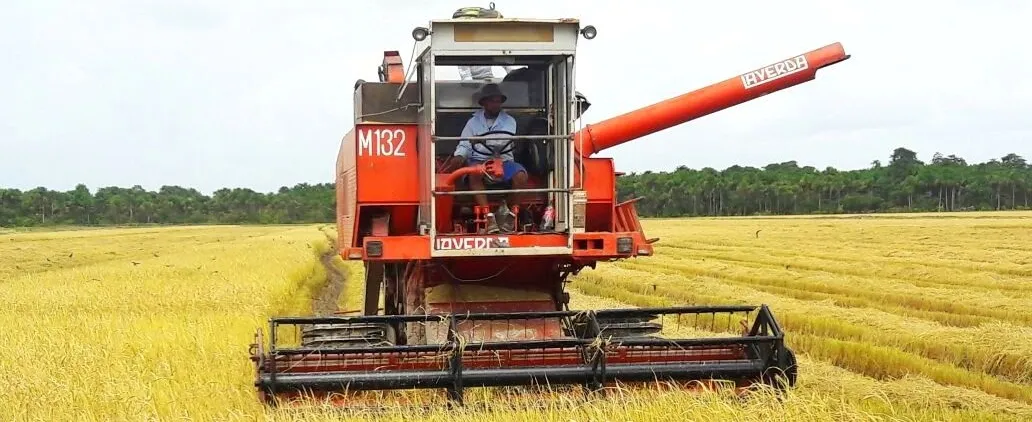
Sugar Industry
President Ali stated that the sugar industry has shown significant growth, with a 28% increase in 2023 compared to 2022, producing 60,000 tonnes more sugar. The target for 2024 is 100,000 tonnes.
“We expect to produce 800,000 tonnes of cane for the second crop, which will begin by the second week of July,” he added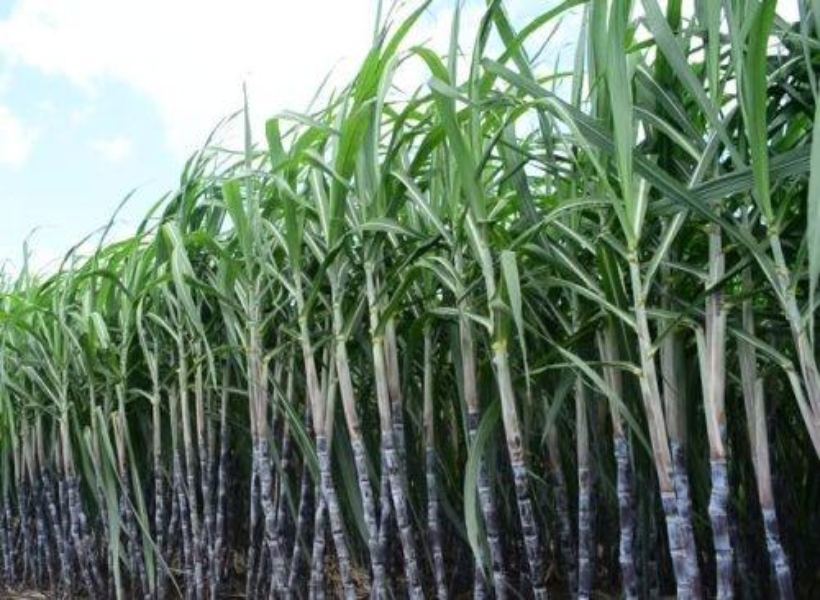
Ali reminded that the Rose Hall Sugar Estate was reopened in September 2023, and has already produced 1,031 metric tonnes of sugar. Over 1,400 workers have been reemployed since 2020.
Land Conversion and Modernization
The government’s land conversion and modernization project has seen the conversion of over 12,500 hectares, which is 42% of the total land under cultivation, for mechanized planting and harvesting.
“We have commenced the construction of the Albion and Blairmont packaging plant to increase the production of value-added packaged sugar. We have launched the new value-added package brand of Albion gem and Demerara gold sugar sticks,” Ali said.
“We have the implementation of new technology to support agriculture operation, such as fertilizer agrochemical application, drones to increase efficiency and reduce costs,” Ali said.
Public-private partnerships have been strengthened, with 12 specialists from Cuba assisting Guyana and seven technical persons expected from India.
“These persons are specialized in mechanisation, field management, agro-management, and crop management. So, these are all technical people, who are coming not to do study but who are coming to be embedded in the management,” the president noted.
To this end, he stated that factory managers who are also expected to come to Guyana to be embedded in the system to support the modernization and transformation of the sugar industry.
Coconut Production
Coconut production has increased by 50%, with ambitions to become a major exporter.
“We want to be a major coconut exporter. Coconut has huge market potential. It’s a high value market and this is something that we’re focusing on,” Ali stated.
Black Eye Peas and Red Beans
The goal President Ali said is to cultivate 450 hectares of black eye peas and red beans, supported by a US$3 billion private sector investment.
Ali said that two silos with a capacity of 1,500 metric tonnes each have to be constructed, with the support of a wharf.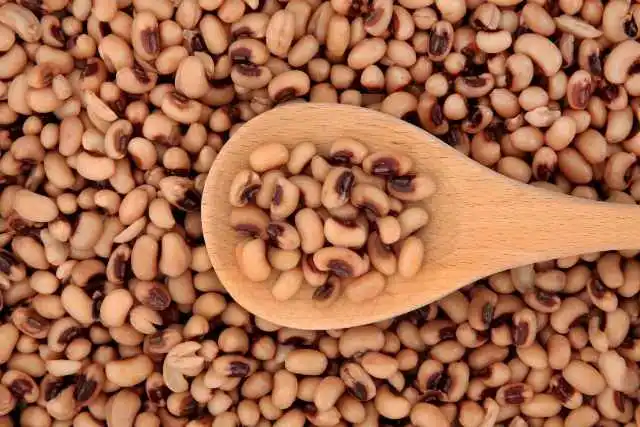
Notably, he stated, “By the end of this year, first quarter next year, we should be very self-sufficient in these two commodities black eye and red beans and by the end of 2026, we are going to position ourselves to fulfill the regional market in terms of black eye and red beans.”
Corn and Soya
As for the country’s corn and soya project, Ali said it has expanded from 125 acres in 2021 to more than 10,000 acres under cultivation.
By the end of 2025, Ali said the government’s goal is to have 25,000 acres cultivated twice annually. He explained that this would ensure feed security for the poultry and livestock sectors.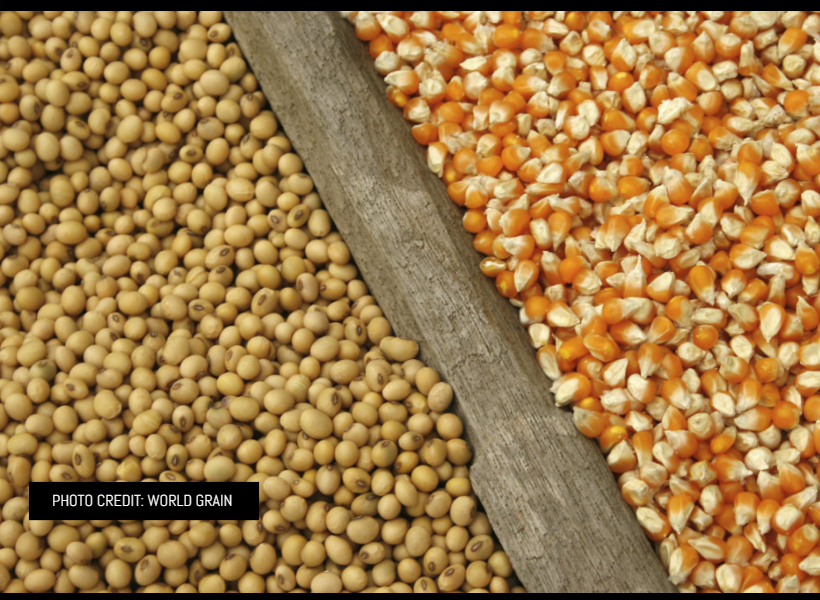
“Because now we’ll be able to manufacture the feed here. The cost of the feed would reduce, same thing we are doing for aquaculture as we are building out the aquaculture industry, with the type of investment that we are making by the first quarter-second quarter next year we should have the cost of feed for the aquaculture sector reducing by 50%,” Ali said.
Overall, President Ali said that these advancements underscore Guyana’s commitment to enhancing competitiveness and creating economic opportunities in agriculture.


